Our editors on the exhibitions they’re looking forward to around the world this month, from London and Paris to Jakarta and Lagos
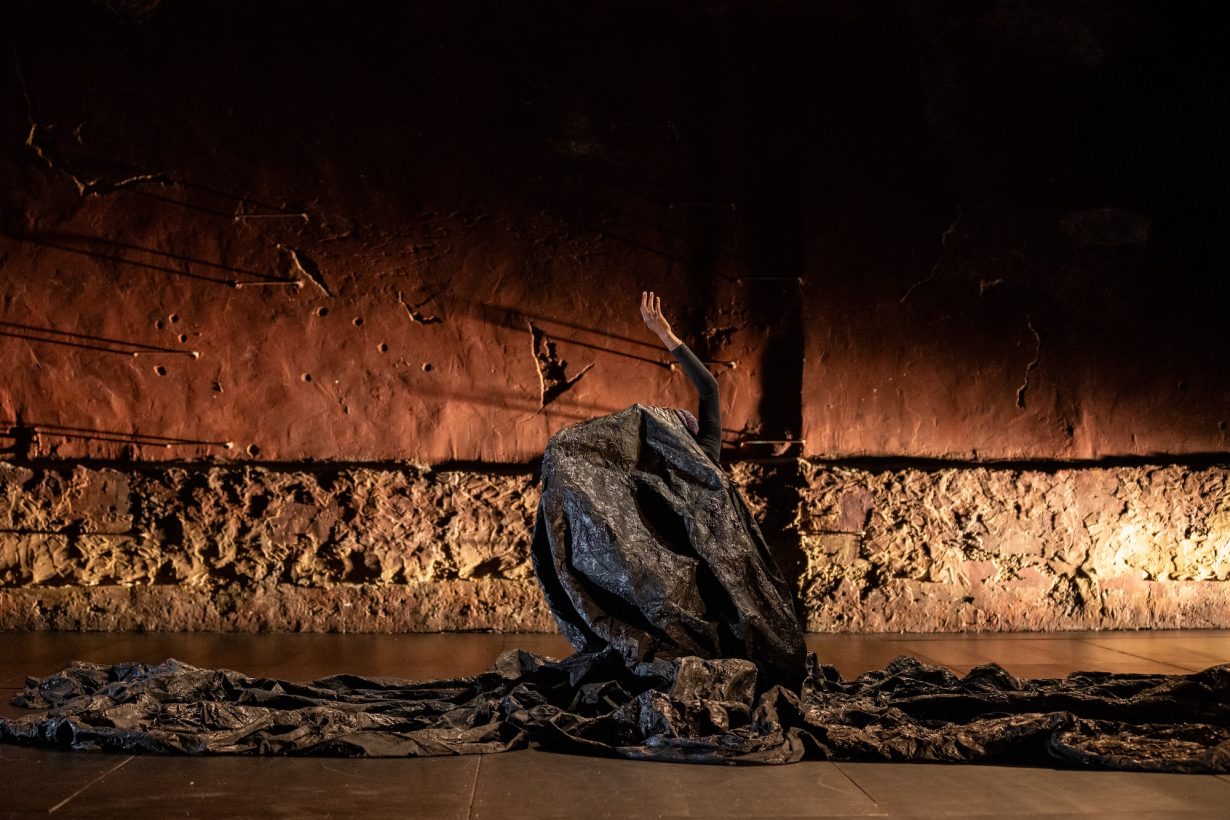
Amsterdam
Minor music at the end of the world
In 1920, in the wake of the 1918 Spanish Flu epidemic and the 1919 ‘Red Summer’ of white supremacist violence across the US, writer and sociologist WEB DuBois published the apocalyptic short story ‘The Comet’. In the aftermath of a meteorite hitting the Earth, everyone in New York City is dead except a black man and a white woman; and only in these extreme conditions, for a brief moment, do society’s labels, preconditions and biases finally fall away and some kind of new beginning for humanity seems possible: ‘the heavens glowed in dim, weird radiance that suffused the darkening world and made almost a minor music,’ DuBois writes. One hundred years later, during the COVID pandemic, author and academic Saidiya Hartman returned to DuBois’s story for her essay ‘The End of While Supremacy’, asking, ‘How is love possible for those dispossessed of the future and living under the threat of death?’ Now, as the recurrence of a Red Summer seems distinctly possible, Hartman has transformed DuBois’s story and her essay, alongside other writings, into a collaborative stage performance premiering in Amsterdam, shaping for the first time her ‘critical fabulations’ into live sound and motion. (The piece was commissioned by the Dutch-based Hartwig Art Foundation, but further touring locations are still to be confirmed, with, ideally, US stagings to come.) While Hartman (and DuBois) provide the words, they are interpreted by actor André Holland (of Moonlight fame) and actress and choreographer Okwui Okpokwasili, with contributions from Precious Okoyomon, Cameron Rowland and Arthur Jafa. Chris Fite-Wassilak
International Theater Amsterdam (and touring), 3-5 October
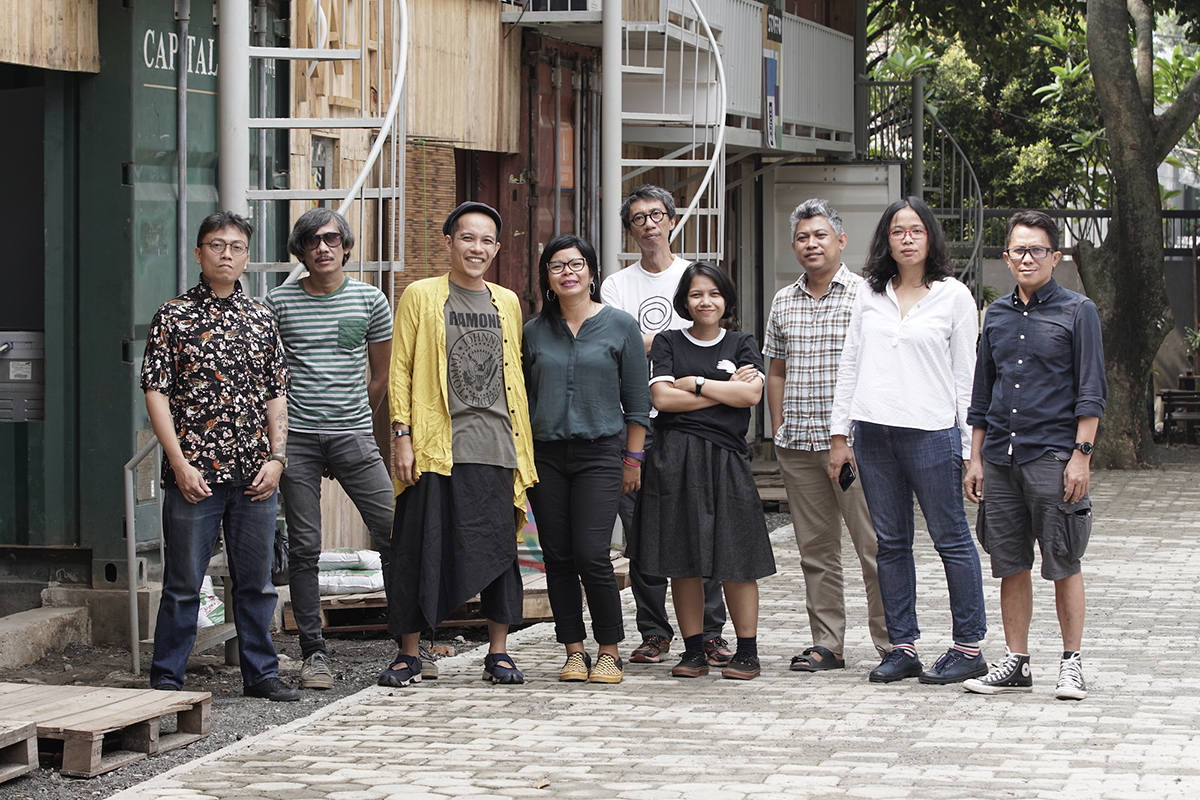
Jakarta
RURU25: Poros Lumbung
Having made the themes of solidarity and collective practice both pressingly relevant and immediately controversial on the global art stage during their curatorship of Documenta 15 in 2022, the Jakarta-based collective will celebrate its 25th anniversary with a four-day festival on home turf. If their edition of Documenta seems, in hindsight, to have anticipated many of the sociopolitical and free-speech issues that confront the artworld today, this festival provides an opportunity to reflect on the group’s past work (there will be a retrospective exhibition) and expand the lumbung ethos of Documenta through collaborations with other collectives from around the world – including ArtLab, OK. Video (ruangrupa’s international media arts festival), RRREC Fest, Jakarta 32°C student forum, rurukids, rururadio, rumah ruru (ruru house) and RURUshop. A time to take stock and prepare for what comes next. Look out for music, screenings, education programmes and a general sharing of thoughts and resources, with that goal in mind. Nirmala Devi
Various venues, Jakarta, 3-5 October
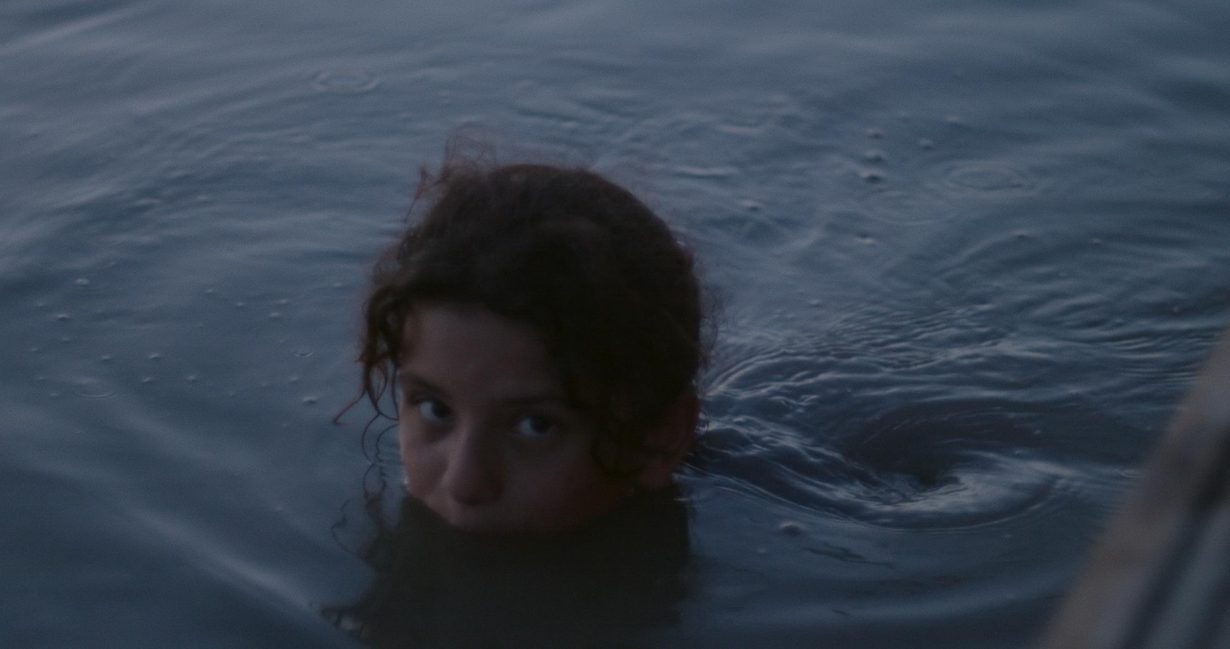
Tunis
The stakes of this year’s Dream City Festival, titled Fragments of an Unfinished World: Thinking Despite a Slow Apocalypse, are set out in the editorial statement: ‘To begin from Gaza is to refuse euphemisms, to name precisely – genocide, dispossession, siege – and to ask artistic forms not to illustrate but to produce evidence.’ So who will take the stand? Michael Rakowitz presents an installation addressing the boycott of a 2009 Leonard Cohen concert in Palestine, pondering the responsibility artists bear to the political present. Raeda Saadeh’s Vacuum (2007) replays the artist’s performance absurdly vacuum cleaning the hills between Jericho and the Dead Sea in Palestine. There’s screenings of Mona Hatoum’s Measures of Distance (1988), a creative dialogue between the artist and her mother during their enforced separation by the Lebanese war; Alia Farid’s Chibayish (2022), paying testament to the marshlands and communities of southern Iraq, a landscape that is being gradually overtaken by oil infrastructure and industrial waste; Noor Aburafeh’s Memory of the Salt (2025), which documents the ways in which the vital mineral has been weaponised by imperial powers – sabotaging land and starving peoples, in history and today in Gaza. To close the festival, Selma and Sofiane Ouissi will perform Laaroussa Quartet, reinterpreting the motions of Sejnane clay-doll making to music – a mime for the things in the world we always stand to lose. Alexander Leissle
L’Art Rue, Tunis, 3-19 October
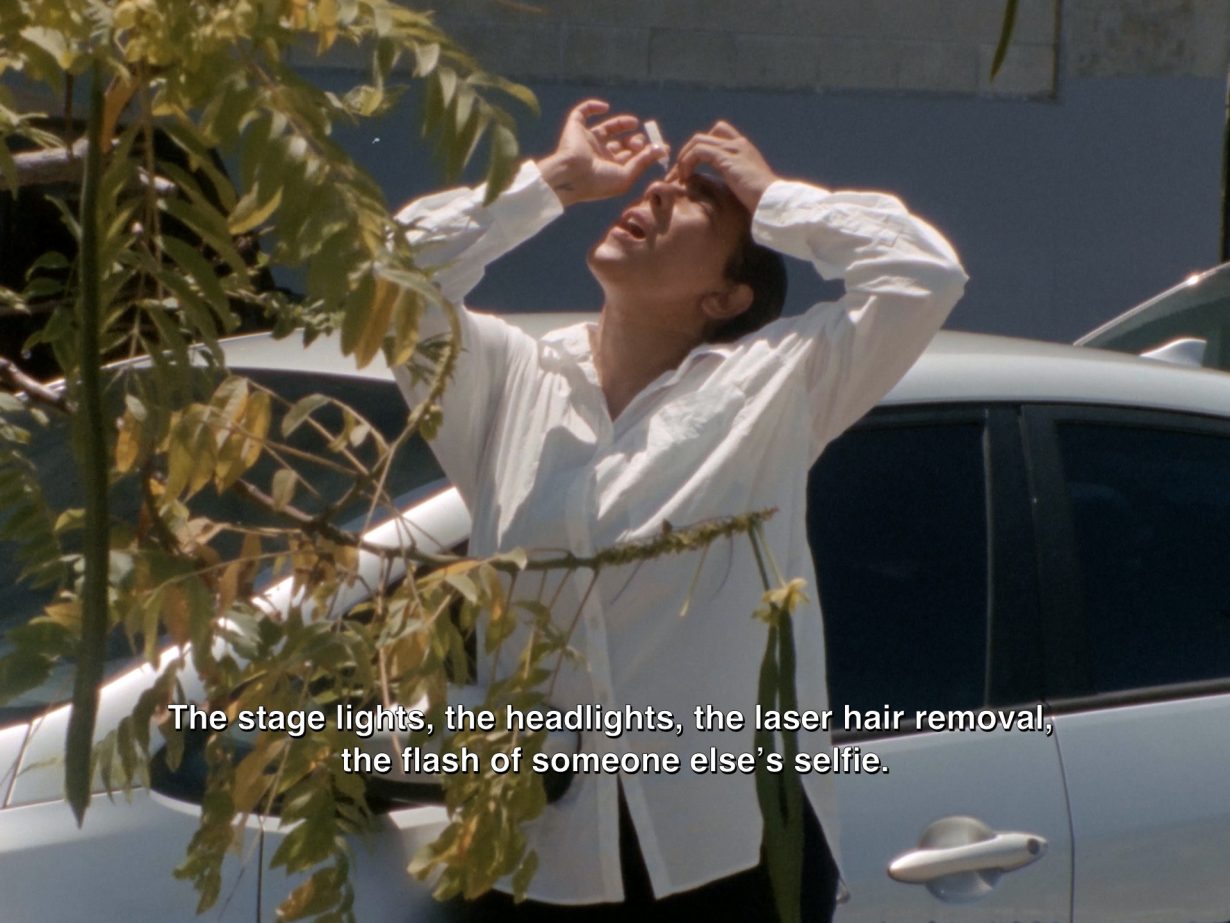
Los Angeles
The seventh Made in LA biennial, curated by Essence Harden and Paulina Pobocha, features 28 artists from the city’s greater metropolitan area. In keeping with the spare curatorial framework established by the original exhibition in 2012, which called itself simply a ‘snapshot’ of LA’s here and now, no theme or unifying aesthetic has been imposed upon the works on view this year either. Historically, this open-endedness has allowed curators to look by turns outward – to globe-trotting LA artists, as was the case in 2016 – and inward, as the 2025 show has, to examine homegrown works that are ‘of this city and nowhere else’. Notably, Harden and Pobocha have assembled works that contend with local real estate and architecture: John Knight, for instance, has installed in one of the galleries an unused electric blanket and a printed quote from a 1970s advertisement for Southern California condos, while Jerald Cooper, who is behind the Instagram account @hoodmidcenturymodern, invites viewers to examine the relationships Black communities have with the mid-century design that shaped LA’s distinct visual identity. Embracing the city’s broader cultural landscape, the biennial has invited participation from Calla Henkel and Max Pitegoff’s New Theater Hollywood, an experimental venue previously based in Berlin. It is anticipated, too, that the artists and curators who run LA’s apartment galleries will star in a Billy Wilder-inspired film playing in various locations throughout the museum. Jenny Wu
Hammer Museum, Los Angeles, 5 October–1 March
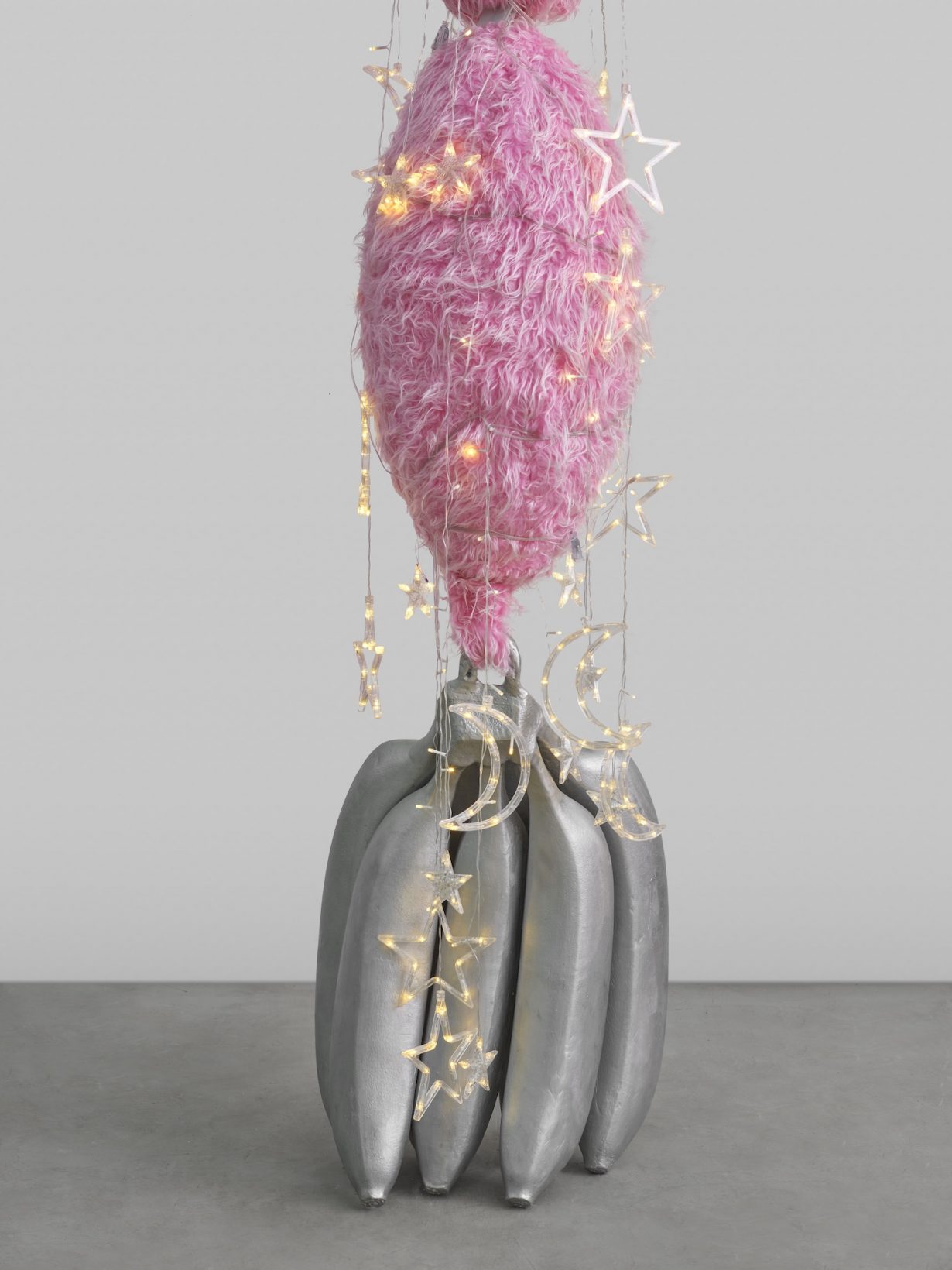
Vienna
Guan Xiao: TEENAGER
When I was a teenager, I listened to Avril Lavigne, watched Gossip Girl and read Elle – and genuinely thought that those organza dresses, popular in the early 2010s, looked like beef slices you’d order for hot pot, but I pretended to like them nevertheless. For Chinese artist Guan Xiao, teenage life is an ‘ambiguous life stage’ that embodies the ‘absurdities of a society impacted by the values of capitalism and liberalism’. (The popularity of organza, for example, is really a product of China’s economic honeymoon with the world in general and the US in particular, the country’s coastal province Zhejiang being the main supplier of these polyester fabrics.) Known for her work that addresses the anachronism of our post-Internet moment, Guan’s first solo in Austria revolves around the teenage susceptibility to society’s often conflicting ideas. At the centre of the show will be a large tunnel-shaped installation, which houses a collection of cast aluminium objects (from Italian moka pot to ‘enlarged eggs’) and is surrounded by gnarled tree roots shaped like decors in an old-fashioned Chinese household. If I were still a teenager, I’d probably not know how to react. Yuwen Jiang
Kunsthalle Wien, 8 October–11 January
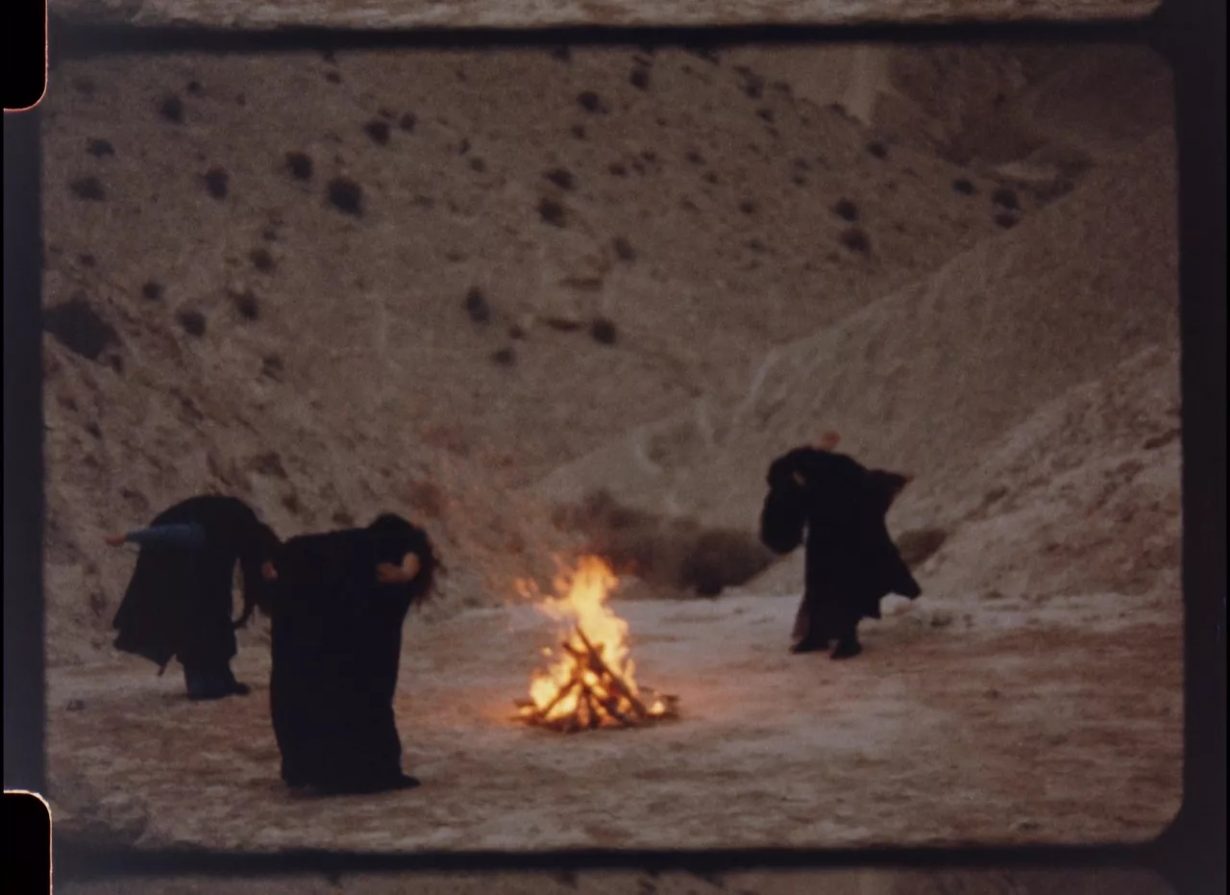
Bangkok
Ghost 2568: Wish We Were Here
The triennial video and performance art series Ghost, co-founded by Korakrit Arunanondchai and Akapol Sudasna, sees ‘ghost’ as a unifying concept across culture as well as a tool with which to think the invisible. Curated by artist Amal Khalaf, Ghost 2568: Wish We Were Here – the series’s final edition – explores ‘survival within the ever shrinking spaces of freedom in our cities’, citing ‘the messy, unruly and ungovernable ways’ of people, and the ‘lack of collective political imagination’ that haunts contemporary politics. Defeatist as that may be, it also aims to create a space for mourning, where our ‘yearnings for each other, for lost places and ways of being can take shape and find rest’. On view will be new commissions by Montika Kham-on and Tanat Teeradakorn, as well as works by Sophia Al-Maria, Dan Lie, Noor Abed and Ho Tzu Nyen, among others. Yuwen Jiang
Various venues, Bangkok, 15 October–16 November
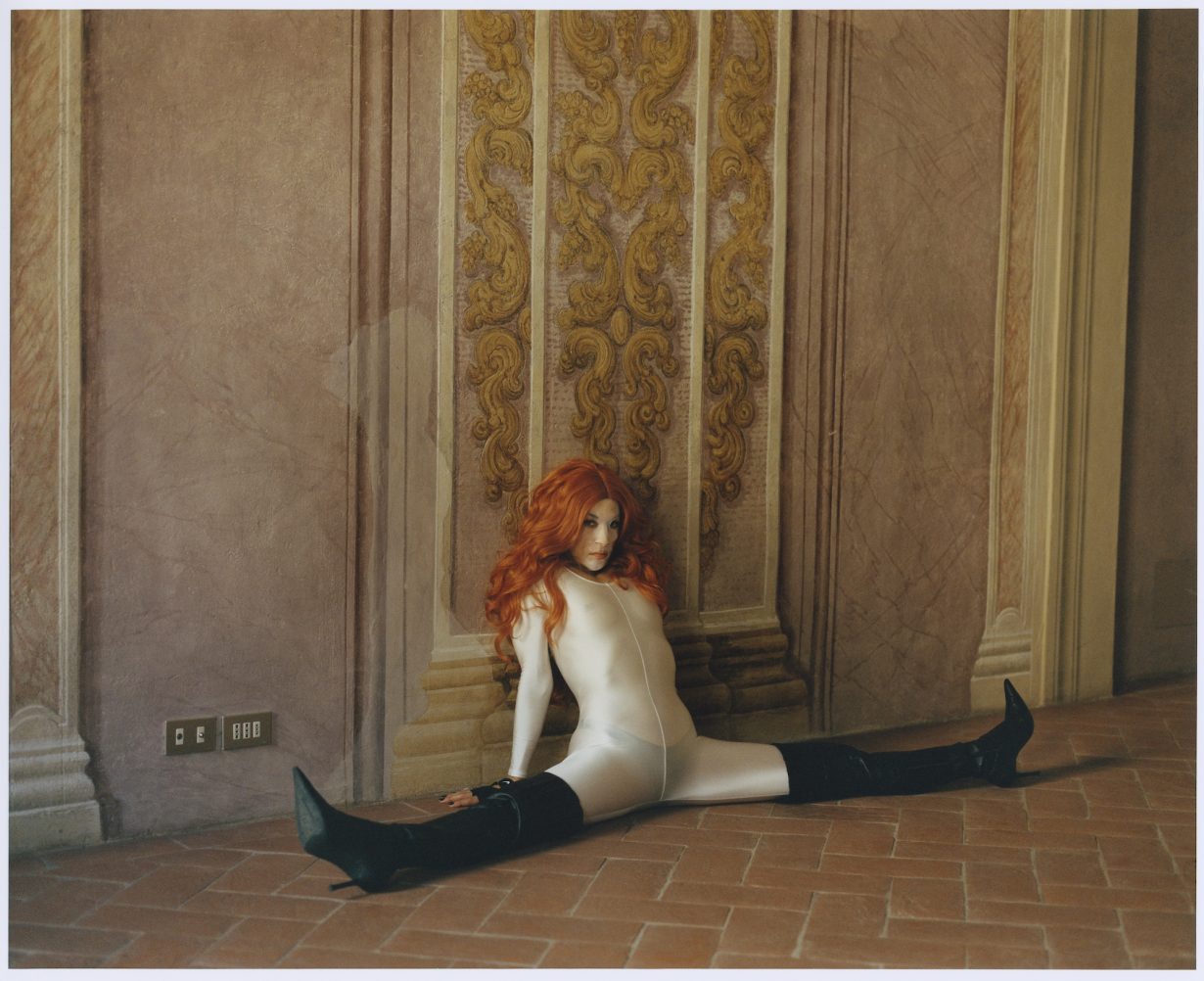
London
Alexandra Bachzetsis: RUSH(ES)
At what point does your body become something other than a body – and is that ‘other’ something greater, or lesser in value? That question lies at the heart of Alexandra Bachzetsis’s practice, which melds dance, performance, theatre and visual art. Often leaning into obscurity and incorporating surrealist aesthetics, the Greek-Swiss choreographer positions her physique not as a body in its functional sense, but as an object or commodity – using it as a vehicle to examine topics relating to the internet, pop culture and gender while interrogating stereotypical tropes of how the female body is represented in the mainstream. Often this is literal: she propels the body to its physical limits, bending, stretching, scrunching and transforming it over the course of the show. All of which we should expect from this new solo performance, RUSH(ES), at the Hellenic Centre in London. In this premiere, Bachzetsis is set to use movement to seemingly deconstruct ideas of desire, incorporating gesture, autofiction and auto-documentation to probe our understandings of our deepest inner feelings. Chiara Wilkinson
Hellenic Centre, London, 16–17 October
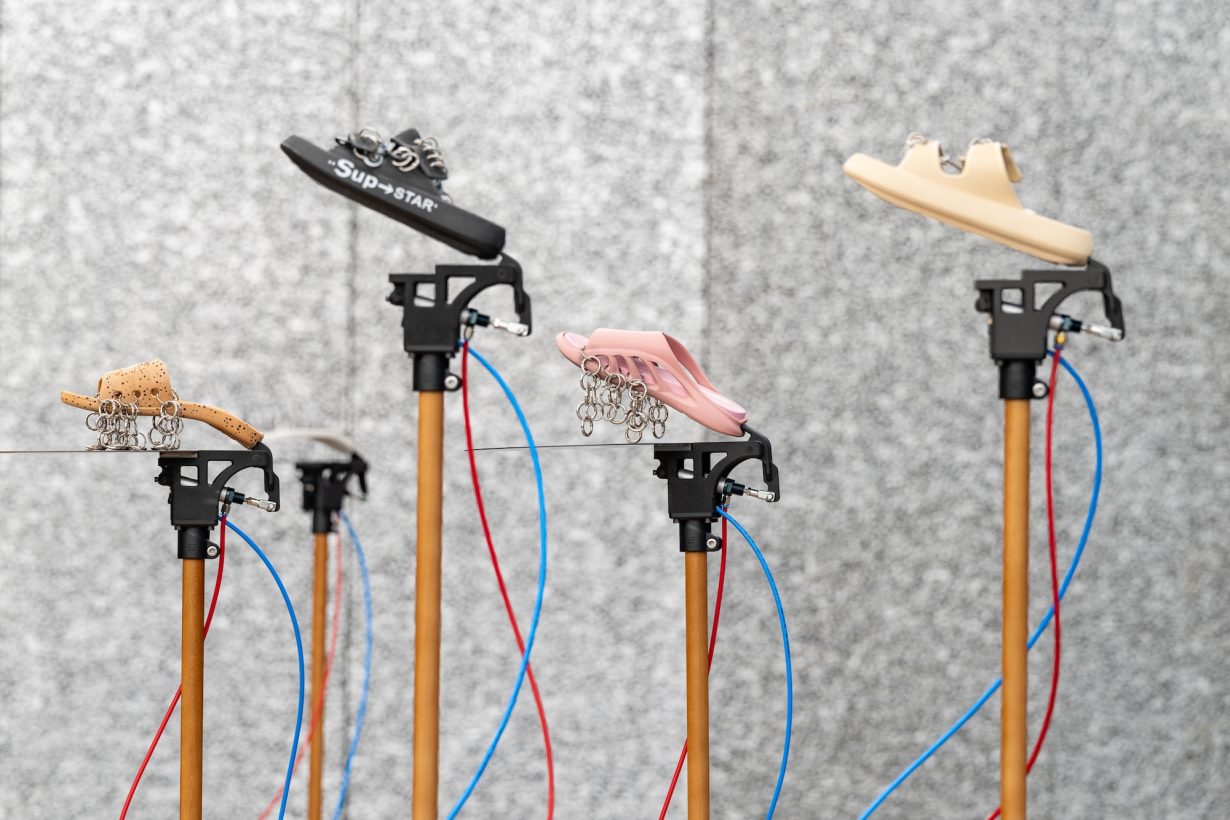
Paris
Meriem Bennani: Sole Crushing
Flip-flop season may be over in the northern hemisphere, but one Parisian department store will still be stocking the shoe this October, or at least its art foundation will. Lafayette Anticipations, the Galerie Lafayette’s contemporary art space, is being outfitted with Meriem Bennani’s site-specific audio installation Sole Crushing. The work, an adaptation of the piece which premiered last year in another fashion-adjacent institution (the Fondazione Prada in Milan) features over 200 flip-flops stomping, via a pneumatic contraption, to the rhythm of a musical score by Cheb Runner. Bennani is perhaps best known for her viral pandemic-lockdown-era 3D-animated series 2 Lizards (2020). Her latest work explores notions of the individual and the collective in the form of a ballet mécanique, telling stories with automated movement: from a soloist’s anxious tap tap of the foot or outraged shoe banging à la Khruschev, to a chorus of steps evoking crowds dancing in Moroccan Dakka Marrakchia celebrations, clapping in a stadium or marching in a protest. Mia Stern
Lafayette Anticipations, Paris, 22 October–8 February
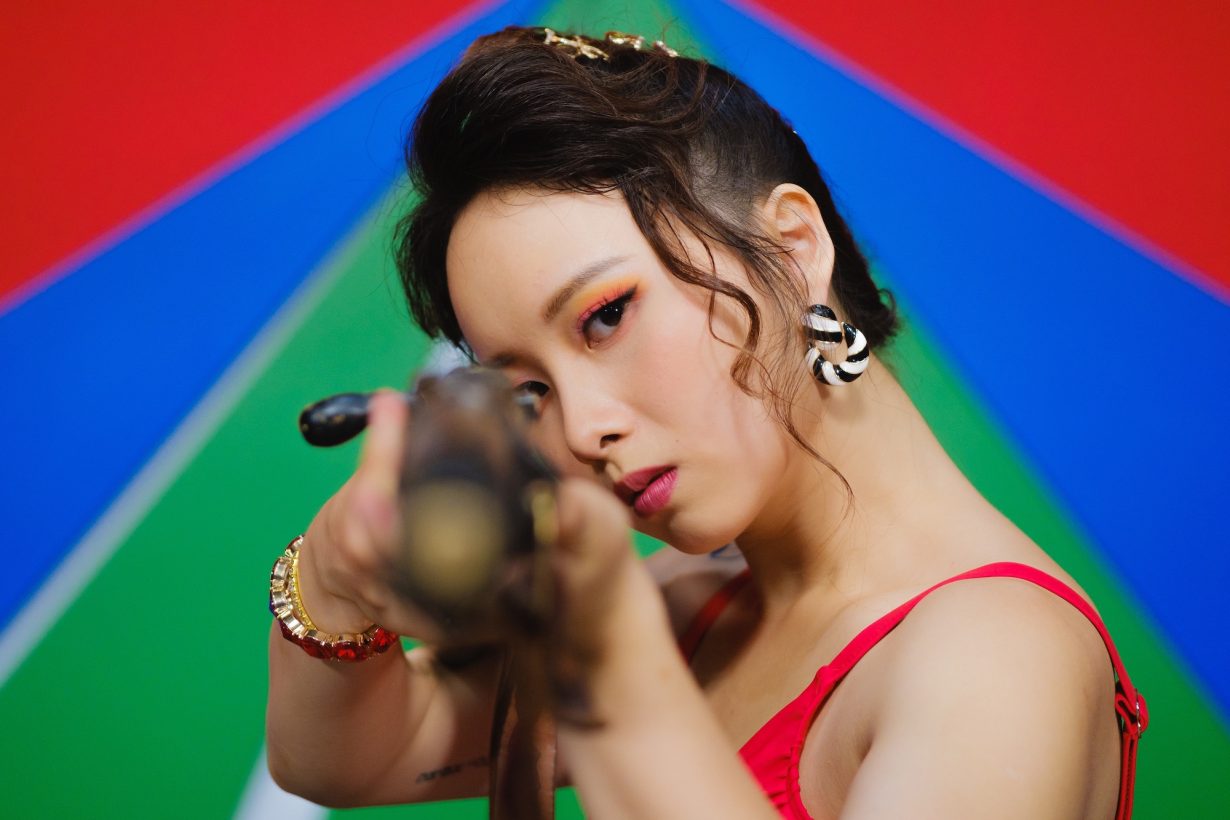
Bogotá
Su Hui-Yu: The Total Story
If I try to remember the 1980s, the decade in which I was born, the memories emerge as partial, fragmented and free-floating images. Some no doubt fictionalised or recreated from photographs, media or family lore: do I really remember the Berlin Wall coming down on the news? The recreation of past, its mediation, mythologising, its subjective reconstruction, is the project of Taiwanese artist Su Hui-Yu, and the centrepiece of his first show in the Americas takes the Cold War-set immersive multimedia installation The Trio Hall (2023), which transforms MAMBO’s galleries into a film studio. The movie being made is a high kitsch, surreal telling of East-West relations, filtered through the artist’s memories of Taiwanese late night trash TV and with new elements inserted pertinent to the local Colombian audience: expect deepfake Stalin, Mao and Chiang Kai-shek dancing on roller skates, a Churchill cameo in a bathing suit, and Hegelian dialectics bringing the visitor into the twenty-first century. Not the total story then, but perhaps one more subjectively honest. Oliver Basciano
MAMBO Bogotá, 23 October–15 February
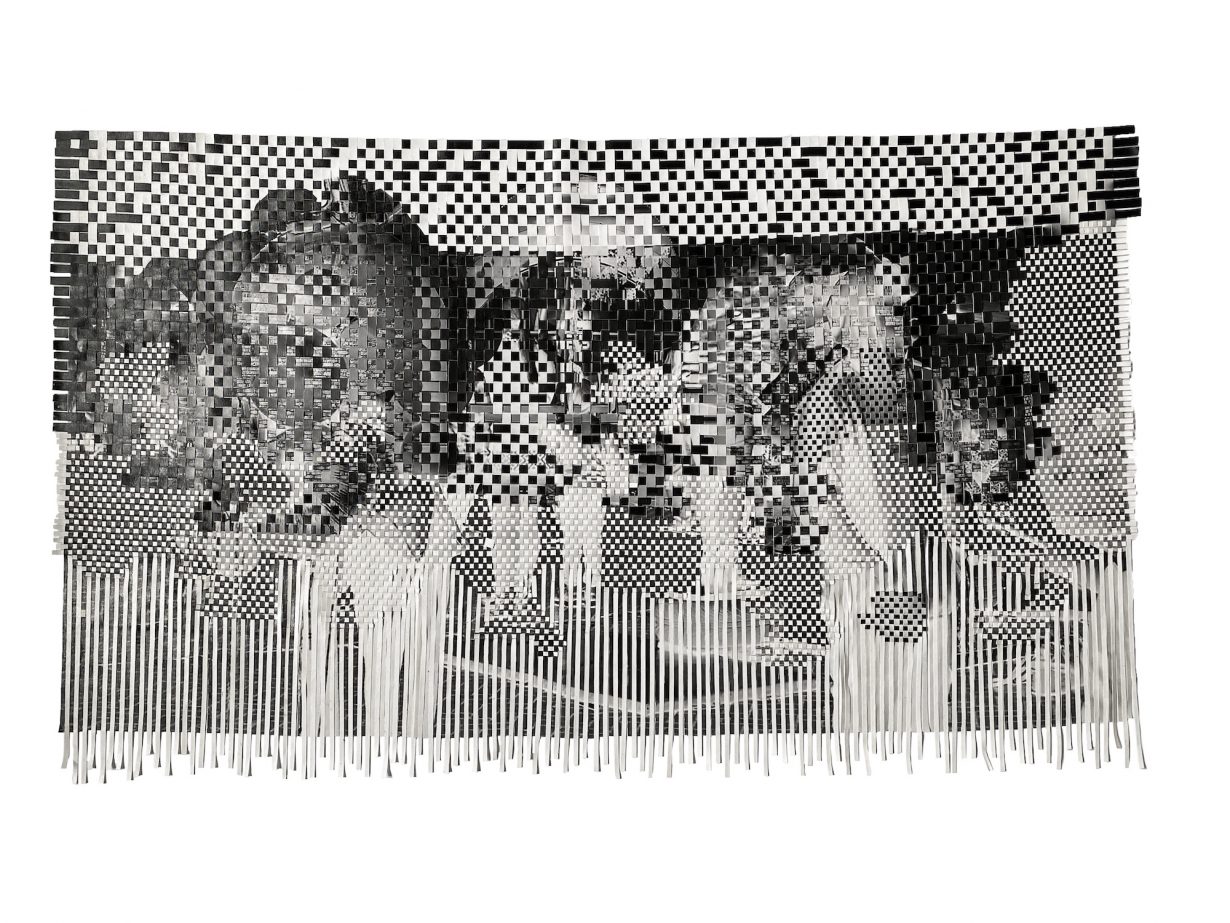
Lagos
LagosPhoto Festival Biennial 2025
The first LagosPhoto Festival Biennial (previously an annual event) opens this October with a theme that looks at the various forms and meanings of ‘Incarceration’. Curated by Azu Nwagbogu, the biennial proposes that captivity isn’t just dictated by prison walls, but also by other kinds of invisible architectures – psychological, spiritual, ideological – that quietly shape what we believe freedom to be. Photography’s role in all this plays out across the exhibition programme. Ayobami Ogungbe’s woven series, for example, pulls the photographic image off the wall and into a textilelike form, mapping the emotional textures of displacement via the weave of paper; Cesar Dezfuli and Stefan Ruiz photograph subjects caught within the bureaucratic and physical borders of carceral systems, presenting portraits that resist traditional ethnographic readings. Other artists included in the biennial dismantle colonial inheritances of image-making: like filmmaker Nuotama Bodomo, who upends the ‘colonial camera’ – and how contemporary media is informed by this – by writing Afro-Indigenous stories into new narrative forms; and Yagazie Emezi’s textile and ritual-based practice informed by a background in photojournalism documenting corruption and environmental failure. Fi Churchman
Various venues, 25 October–29 November